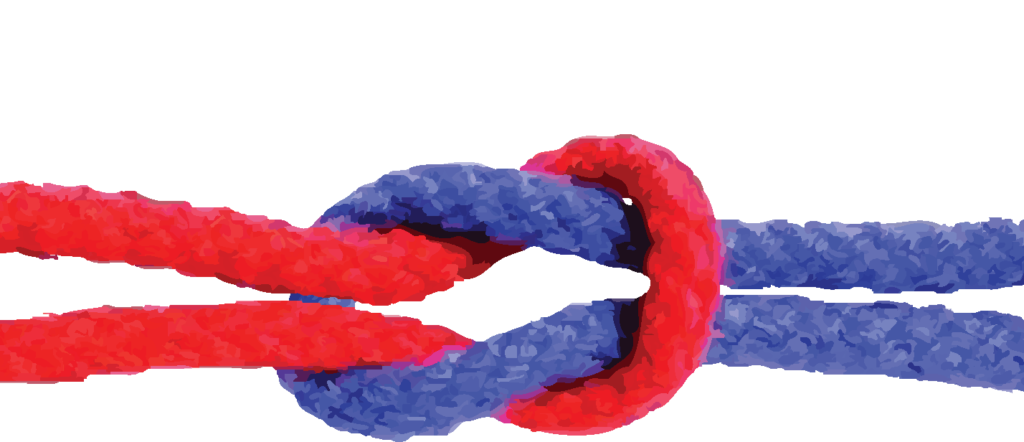When Your Colleagues Have an Outdated Perception of You
People Grow and Change - Have Your Perceptions of Them?
by Darcy Eikenberg and Sarah Mann (republished from EHSCareers.com 4/29/24)
Summary.
As we grow or change, our identity transitions are often invisible — unless we do the work to help others see our changes. This can be particularly true for people who have worked at a company for a long time. If you’re feeling like your colleagues aren’t recognizing your growth, the authors recommend three strategies: 1) Get clear on the differences between how you are perceived and how you want to be perceived; 2) Let go of work you may still be doing that was associated with your previous role; and 3) Don’t be shy about persuading stakeholders that you’ve changed.
Ten years ago, Tasha* was the seventh employee at her medical software startup, hired as an administrative assistant to the chief sales officer. Today, she’s grown to manage a team of eight sales people collectively responsible for $22 million in revenue. When the chief sales officer announced his retirement recently, Tasha expected to be considered for the role.
Instead, the CEO announced an external search, stating that there were no qualified internal candidates. Tasha was hurt and angry, recognizing a harsh reality she’d long suspected: “I’m seen as I was, not as I am.”
If you’re a reliable, long-term employee like Tasha who still wants to grow in your career but is feeling trapped by old perceptions, you’re not alone. As executive coaches, we’ve worked with many professionals who’ve accelerated their contributions over time, but who continue to be seen through the lens of their past.
In this article, we’ll share why this can happen and more importantly, what you can do about it if that employee is you.
Why Growth Gets Overlooked
We all know people whose career has become their entire identity. But we often aren’t aware of the professional identity that others have assigned us — and truthfully, they may not always recognize it, either.
George Mason University professor Sarah Wittman calls these “lingering identities,” or old identities that persist rather than adapt to how we’re changing. Wittman shares that as we grow or change, our identity transitions are often invisible — unless we do the work to help others see our changes.
While some research suggests that it can take as long as six years to shift these lingering first (or early) impressions, in our experience, it’s possible to change how others see you and reset the company narrative about your contributions. Our clients have successfully used the following steps to increase their influence, change their leadership brand, and reposition themselves internally to better match the leader they are today.
Identify the perception gap.
We all have words we’d use to describe ourselves. But how do others see us? Getting clear about the differences will help you understand the gap and design actions to close it.
Take Sarah’s client Mike*, who was a long-tenured senior leader in a consumer-packaged goods company. He’d acquired a reputation for being emotional and aggressive due to a few badly timed outbursts in meetings. Soon, that perception was rooted in organizational lore and began to supersede present-day realities.
Mike, however, was shocked when he learned others saw him as aggressive. Realizing the perception gap, he worked with Sarah to learn strategies to calm himself when he was getting agitated, channel his frustration into productive conversations, and get clear once again on the leader he wanted to be. He took ownership of the space between who others saw and who he wanted to be.
Align your actions.
As long-term employees ascend the ranks, it’s not uncommon to have difficulty delegating and letting go of responsibilities that once made them successful. Holding on to long-held work assignments may help you feel productive, but it also means your colleagues are more likely to associate you with your previous role or responsibilities.
To counter this, we often invite clients to take a hard look at what they’re focused on each day, looking through the lens of how they can demonstrate who they want to be, not who they’ve been. To get started with this process, ask yourself:
- What am I doing that reinforces who I am as a leader today?
- Where am I spending time that’s not aligned to my current leadership abilities?
- What’s the lower-value work that I need to delegate or stop doing?
- What expectations or assumptions are others making about my work?
If you continue to spend time on lower-level, lower-value work, you may unintentionally pigeon-hole yourself in old impressions.
Don’t be shy with your stakeholders.
Despite Mike’s significant self-improvement efforts, subsequent feedback indicated he was still perceived as the “old Mike” — quick to anger and likely to lose his temper in meetings. To continue his turnaround campaign, he launched a deliberate conversation strategy with his major stakeholders: his boss, peer leaders, and direct reports. Mike asked:
In my 360, I heard that my emotions were still getting in my way. I’ve worked hard to eliminate that in the past year. Can you provide an example of when you may have seen this behavior from me recently?
When asked directly, many admitted that they hadn’t seen “old Mike” in a long time. In those conversations, they realized on their own they were hanging on to past recollections. Mike left those meetings with commitments from his stakeholders to watch more closely for the good behavior — and to call him out immediately on the less desirable.
Left to our own devices, most of us default to what is known and comfortable. That goes for our beliefs about others, too. If you’re a long-term employee who’s finding that people in your organization aren’t seeing you as you want to be seen, try these strategies to reposition yourself internally and be known as the leader you’ve now become.
Darcy Eikenberg, PCC, is an executive coach and leadership speaker focused on helping leaders solve their people problems inside complex organizations. A former partner at global HR consulting firm Hewitt Associates (now part of Aon), her clients include Mondelẽz International, PwC, Workday, Discover and more. She’s the author of Red Cape Rescue: Save Your Career Without Leaving Your Job. Connect with her on Linkedin here.
Sarah Mann, PCC, is an executive coach and speaker who empowers driven female leaders to break the glass ceiling and navigate their professional journey with more clarity, confidence, and ease. Previously, Sarah held leadership roles in HR, marketing, and operations at companies such as AMP Agency and ADP. Connect with her on LinkedIn and download her free Leadership Fluency framework.
OUR MISSION
The mission of Consentium Search is to be the most reputable, efficient, reliable and cost-effective source for organizations seeking to hire the best Environmental, Health and Safety (EHS, HSE, OSH) talent and to assist EHS professionals find and join, organizations that value their contribution to the organization’s success.

LATEST NEWS
All Rights Reserved | Consentium Search, LLC





